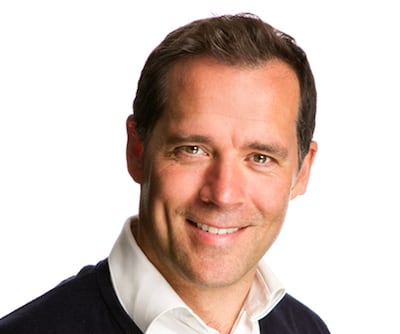The real estate sector has a significant role to play in responding to the challenge of making life on earth sustainable. Worldwide, buildings are responsible for 37 per cent of global carbon emissions and 34 per cent of energy demand. Other environmental impacts of buildings include water and land pollution, and biodiversity loss.
The need for landlords and occupiers to respond to this challenge is high on the agenda of capital providers and corporate entities. It is becoming more difficult to fund, sell or occupy a building if its construction and operations do not comply with best sustainability practices. Moreover, a building’s quality is judged not just on its physical impact on the environment, but also the societal impact of its development.
Larry Fink is chief executive of the largest aggregated asset manager, Blackrock, with $9 trillion (€8.29 trillion) of assets under management. In 2020 he made the declaration that climate risk is investment risk, so it makes financial sense to ensure your business is resilient to the effects of climate change – and this is as true of real estate as of any other sector.
That is why Blackrock now limits its investment approvals to projects that commit to carbon reduction and do so transparently by subscribing to reporting standards such as those set down by the Task Force on Climate-related Financial Disclosures. At CBRE, we will reach net zero by 2030 and are focused on advising clients on how to design and achieve their own sustainability goals.
READ MORE
The mantra of sustainable business is becoming increasingly codified by regulators and industry bodies. The EU has transposed into law the Corporate Sustainability Reporting Directive (CSRD) which will take full effect by June 2024. This directive requires companies of a certain size to disclose information on the risks they face in relation to sustainability. The CSRD is among a number of stringent requirements issued by global regulators which compel businesses to report on their environmental footprint.
Developing new assets means addressing not just the environmental impact of a building, but ensuring also that thought is given to its impact on society
For real estate businesses, the challenge of sustainability also offers opportunity. Approximately 75 per cent of buildings emissions can be attributed to heating, cooling and lighting. Easy savings can be made by installing LED lighting, replacing legacy heating systems with heat pumps and installing digital smart monitoring systems that optimise a building’s energy usage.
[ Building for the future: no more suburban sprawl, no more loss of green spaceOpens in new window ]
To ensure your sustainability strategy is coherent, it is critical that your asset’s performance data are available and up-to-date. This is a common hurdle we face when assessing potential asset upgrades: we recommend landlords invest in making building data regularly accessible to guide better performance. These improvements can be captured by global standards such as LEED and BREAM, which give occupiers comfort that they are inhabiting a building with strong sustainability credentials.

‘We are in unchartered waters on health insurance pricing’
In the construction phase, developers are increasingly choosing new building materials such as cross-laminated timber instead of steel, which deliver less embodied carbon at the outset of a building’s life cycle. Stockholm, the Swedish capital, is planning to deliver a new neighbourhood of 2,000 homes made entirely of wood which will reduce its carbon footprint by 40 per cent compared with building in concrete and steel. In Ireland it is great to see the first net zero carbon commercial real estate buildings being delivered.

Developing new assets means addressing not just the environmental impact of a building, but ensuring also that thought is given to its impact on society. Our built environment must engage with and not ostracise local communities by enhancing neighbourhoods with thoughtful placemaking, and it must support efforts to address the needs of local communities. The new Bridgefoot Street Park in the Liberties is an example of best-practice placemaking and is already the recipient of the Landezine International Landscape Award in recognition of its interesting and progressive approach.
The challenge of reaching a low-carbon future in the hope of arresting the effects of climate change is one we must rise to and overcome
It is worth noting that before we consider new developments, 80 per cent of the contributing built environment in 2050 already exists. Retrofitting extant buildings to deliver new sustainability standards is an immense challenge for our sector and will need great focus in the years ahead to avoid a scenario where assets quickly become obsolete or “stranded”.
[ Protecting our built heritage from impact of climate changeOpens in new window ]
Sustainability is a vast and ever-evolving topic that clients struggle to keep up with and navigate. For our part at CBRE in Ireland, we have put our most senior people through Cambridge University’s Sustainability Leadership course – an intense eight-week programme that better equips us to understand the challenge at hand and how we can advise clients on how to achieve their own sustainability goals. While we are fortunate at CBRE to have a full team of highly qualified sustainability consultants, it is incumbent on us all to be able to converse with and support clients on these issues.
The challenge of reaching a low-carbon future in the hope of arresting the effects of climate change is one we must rise to and overcome. By equipping ourselves with the knowledge and harnessing targeted efforts, we can deliver buildings that perform better for landlords, occupiers, local neighbourhoods and investors alike.
Myles Clarke is managing director, CBRE













